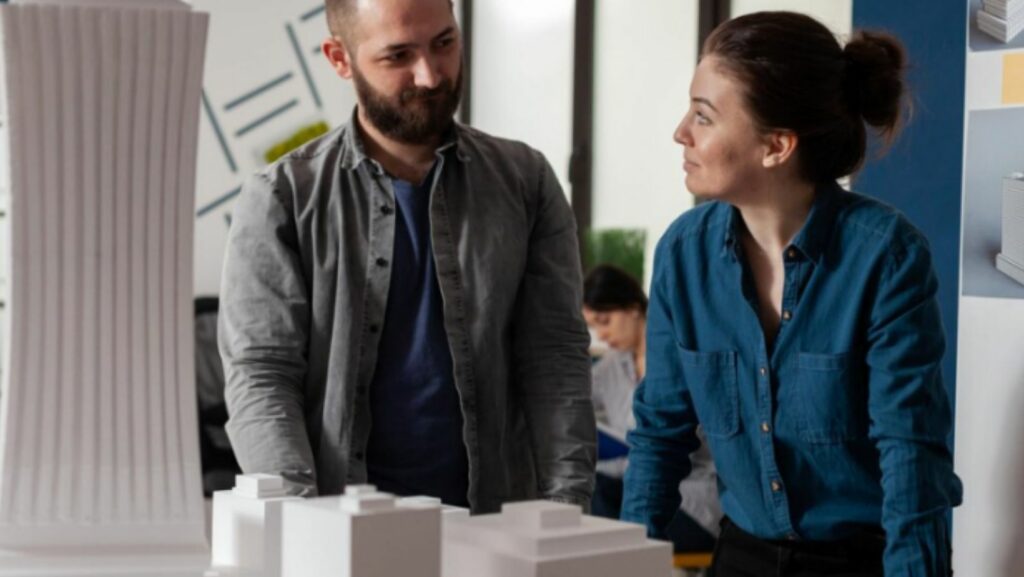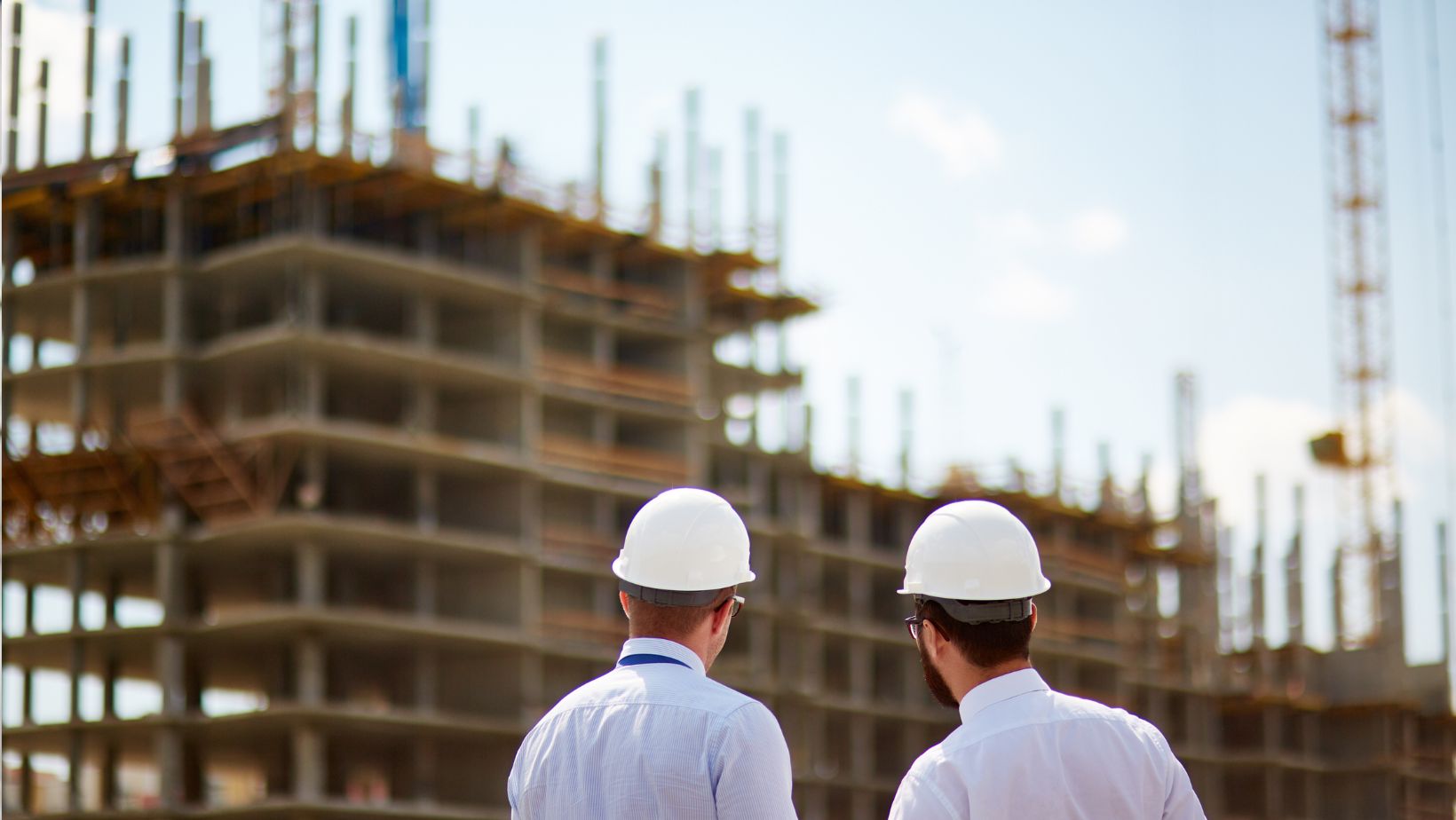
The world of architecture has always been a dynamic realm of creativity, but in recent years, it has undergone a remarkable transformation. Architects today are not just creators of buildings but innovators of space, pushing boundaries and redefining what is possible. From sustainable skyscrapers to groundbreaking urban designs, modern architects are revolutionizing design in ways that profoundly impact our lives and the world around us.
The Evolution of Modern Design
Modern architecture is distinguished by its innovative use of technology, materials, and design principles. The term “modern design” refers to a movement that emerged in the late 19th and early 20th centuries, characterized by a departure from traditional styles and an embrace of new ideas. Today, this evolution continues as architects incorporate cutting-edge technologies and novel materials to create designs that are both functional and aesthetically pleasing.
One of the most significant shifts in modern design is the focus on sustainability. Architects are increasingly aware of the environmental impact of their creations and strive to minimize it. This includes the use of eco-friendly materials, energy-efficient systems, and designs that harmonize with their natural surroundings. For instance, the Bosco Verticale in Milan, Italy, designed by Stefano Boeri, features residential towers adorned with over 900 trees and 5,000 shrubs, creating a vertical forest that absorbs carbon dioxide and produces oxygen.
Furthermore, the integration of smart technology in architectural design is becoming more prevalent. Buildings are now equipped with advanced systems that regulate temperature, lighting, and security, enhancing comfort and efficiency. These innovations not only improve the quality of life for occupants but also reduce energy consumption and operational costs. The Edge in Amsterdam, often cited as the world’s greenest building, utilizes a sophisticated network of sensors to optimize energy usage and enhance user experience.
Architectural Services and Modern Design
Architectural services have evolved alongside the advancements in design, offering a comprehensive range of solutions that cater to the diverse needs of clients. Today’s architects are expected to provide more than just blueprints; they offer holistic services that encompass everything from initial concept development to project management and post-construction maintenance.
The role of an architect has expanded to include responsibilities such as site analysis, environmental impact assessments, and community engagement. This shift reflects the growing complexity of modern projects and the need for a multidisciplinary approach. Architects collaborate with engineers, urban planners, environmental scientists, and other professionals to deliver designs that are not only visually striking but also socially and environmentally responsible.
The rise of digital tools has also transformed architectural services. Advanced software allows modern design architects to create detailed 3D models and simulations, enabling clients to visualize projects before construction begins. This technology facilitates more effective communication between architects and clients, ensuring that designs align with expectations and requirements. Virtual reality and augmented reality are further enhancing the design process, providing immersive experiences that bring concepts to life.
Moreover, architectural services are increasingly focused on customization and personalization. Clients today seek unique spaces that reflect their identity and values. Architects are responding by offering tailored solutions that cater to individual preferences and lifestyles. This trend is particularly evident in residential architecture, where bespoke designs create homes that are not only functional but also deeply personal.
Innovative Approaches to Urban Design
Urban design is another area where modern architects are making a significant impact. As the global population continues to grow, cities face unprecedented challenges related to housing, transportation, and infrastructure. Architects are at the forefront of developing solutions that address these issues while creating vibrant, livable urban environments.
One of the key trends in urban design is the emphasis on mixed-use developments. These projects integrate residential, commercial, and recreational spaces, promoting a sense of community and reducing the need for long commutes. By combining different functions within a single area, architects can create dynamic neighborhoods that foster social interaction and economic growth. The High Line in New York City is an exemplary model of this approach, transforming an abandoned railway into a thriving public park that has revitalized the surrounding area.
Another innovative approach to urban design is the concept of “smart cities.” These are urban areas that leverage technology to improve the quality of life for residents. Smart cities utilize data and digital platforms to enhance urban services, from traffic management to waste disposal. Architects play a crucial role in designing the infrastructure and buildings that support these systems, ensuring that they are both efficient and sustainable.
Furthermore, architects are increasingly focused on creating resilient cities that can withstand the impacts of climate change. This involves designing buildings and infrastructure that are adaptable to extreme weather conditions, such as rising sea levels and increased temperatures. The HafenCity project in Hamburg, Germany, is a prime example of resilient urban design, incorporating flood protection measures and adaptive architecture to safeguard the city against future climate risks.
The Role of Technology in Architectural Innovation
Technology is a driving force behind the revolution in architectural design. From advanced software to innovative construction techniques, technology is enabling architects to push the boundaries of what is possible and create structures that were once unimaginable.
One of the most significant technological advancements in architecture is the use of Building Information Modeling (BIM). BIM is a digital representation of the physical and functional characteristics of a building, allowing architects to create and manage detailed information throughout a project’s lifecycle. This technology enhances collaboration among stakeholders, improves decision-making, and reduces errors and costs.
3D printing is another technology that is transforming architecture. This technique allows for the rapid prototyping of complex designs, enabling architects to explore new forms and structures. 3D printing also has the potential to revolutionize construction by reducing waste, speeding up production, and lowering costs. The first 3D-printed house, created by the firm ICON, demonstrates the potential of this technology to address housing shortages and provide affordable, sustainable homes.
Augmented reality (AR) and virtual reality (VR) are also reshaping the way architects design and present their projects. AR and VR offer immersive experiences that allow clients and stakeholders to explore and interact with designs in a virtual environment. This technology enhances understanding and engagement, facilitating better communication and collaboration.
Moreover, advancements in materials science are enabling architects to create structures that are more durable, efficient, and sustainable. From self-healing concrete to transparent solar panels, new materials are opening up possibilities for innovative designs that challenge conventional norms.
The Future of Architectural Design
The future of architectural design is poised to be even more transformative as architects continue to innovate and adapt to changing needs and technologies. The increasing importance of sustainability, technology, and social responsibility will shape the direction of architecture in the coming years.
Sustainable design will remain a central focus as architects strive to minimize the environmental impact of their projects. This will involve not only reducing energy consumption and emissions but also promoting biodiversity and ecological balance. Architects will explore new ways to integrate nature into urban environments, creating green spaces that enhance well-being and resilience.
Technology will continue to drive innovation in architecture, with emerging tools and techniques enabling architects to create more complex and efficient designs. The integration of artificial intelligence (AI) and machine learning in architectural design will further enhance the ability to analyze data, optimize performance, and personalize spaces. AI has the potential to revolutionize design processes, enabling architects to create highly customized and responsive environments.
Social responsibility will also play a crucial role in shaping the future of architecture. Architects will increasingly focus on designing spaces that promote inclusivity, equity, and well-being. This includes creating affordable housing, accessible public spaces, and environments that foster community and connection. Architects will collaborate with communities to co-create spaces that reflect their needs and aspirations, ensuring that architecture serves as a catalyst for positive social change.
Conclusion
Modern architects are at the forefront of a revolution in design, transforming the way we interact with the built environment. Through innovative approaches to design, technology, and sustainability, architects are creating spaces that are not only functional and beautiful but also responsive to the challenges of our time. As we look to the future, the role of architects as innovators of space will be more critical than ever, shaping the world we live in and enhancing the quality of life for generations to come.














